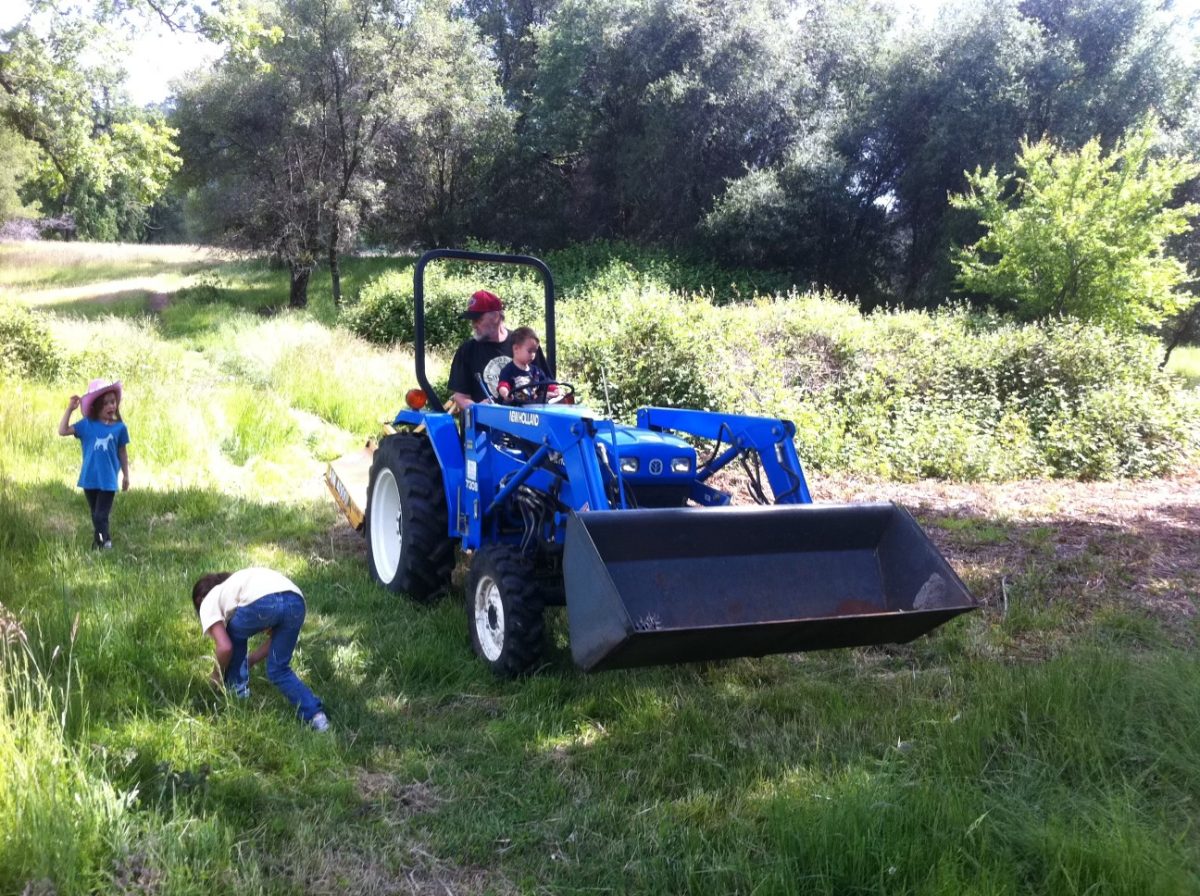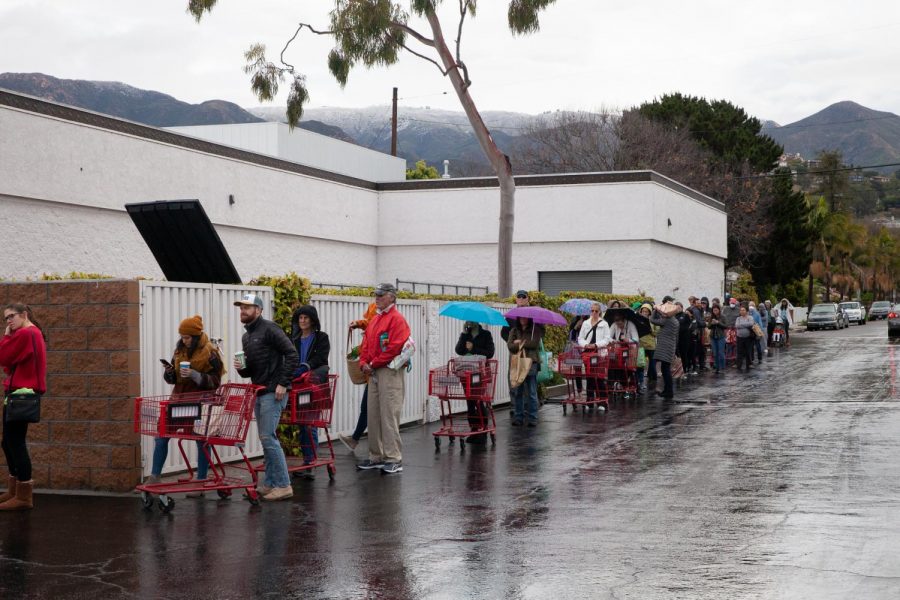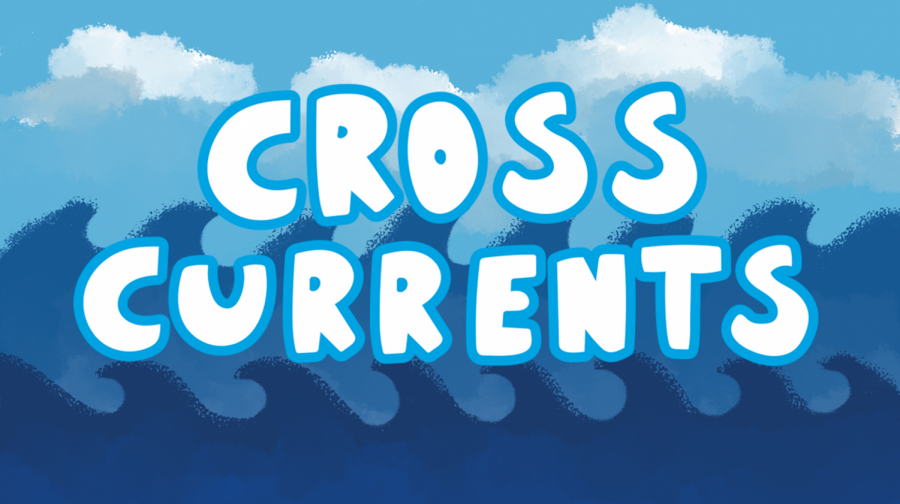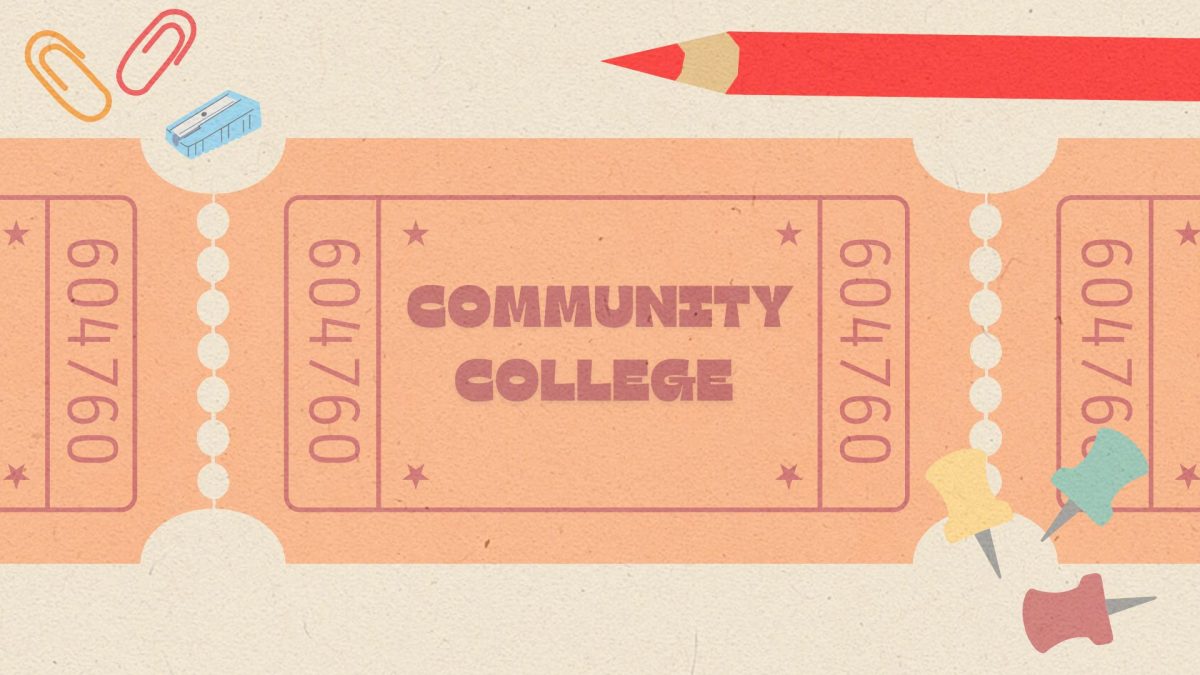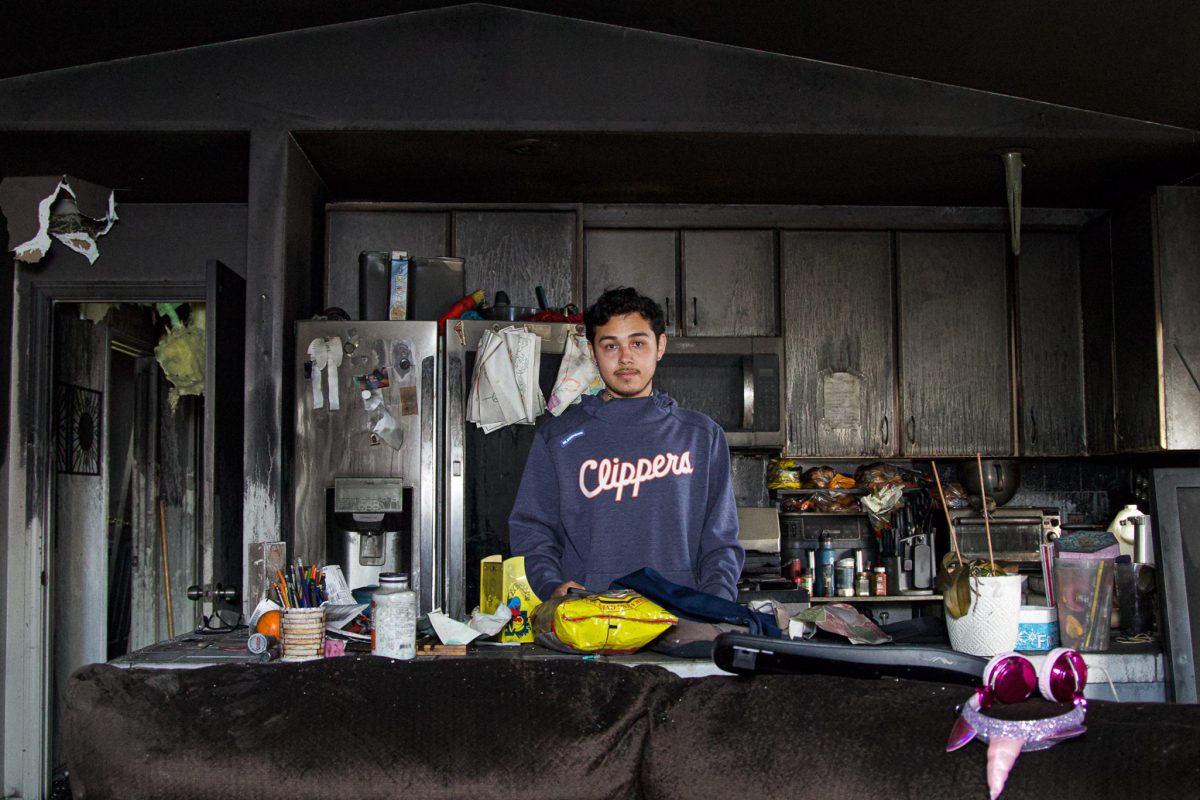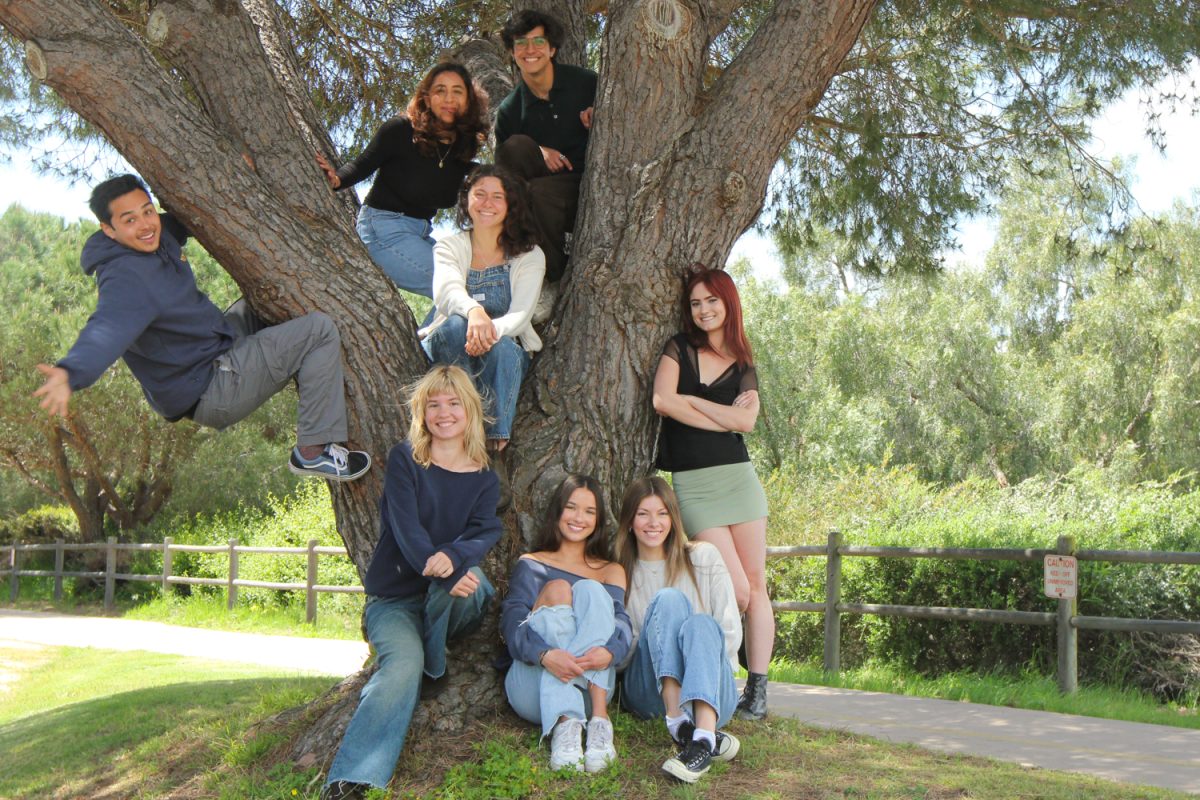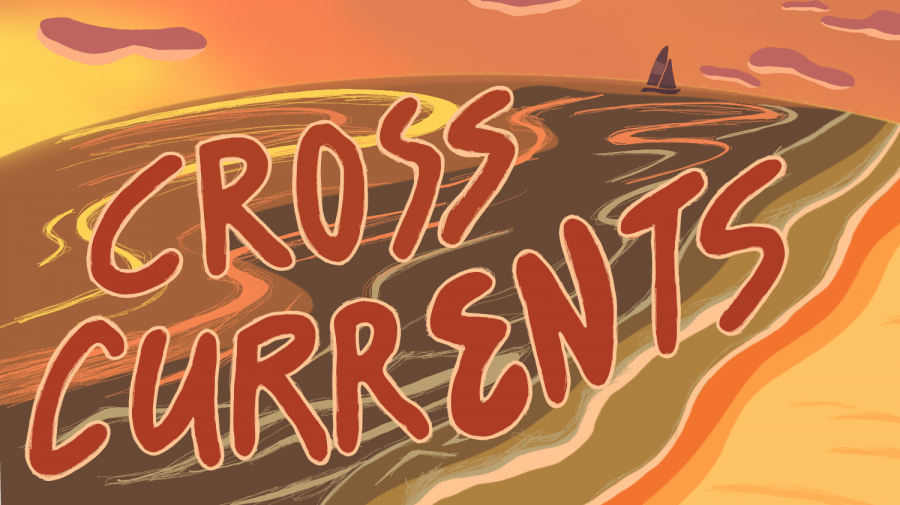Millions of glaringly bright poppies and wildflowers blooming en masse upon hillsides and throughout deserts across California have emerged as a symbol for the light at the end of the tunnel.
The worst drought in the state’s recorded history is nearing its bitter end.
This floral phenomenon is the outcome of a perfect balance of heavy winter rain and warm temperatures. Santa Barbara County alone has received 30 inches of rain since October 2016, far exceeding rainfall of previous years.
One season of heavy rainfall, however, won’t be enough for California to completely rebound from the driest four-year stretch that it’s ever faced.
This morning, Governor Jerry Brown signed an executive order to lift the drought emergency from all California counties excluding Fresno, Kings, Tulare, and Tuolumne.
This premature declaration is a mistake that could severely regress California’s conservation efforts and set the state back years of progress.
The state relies on a heavy snowpack in the Sierra Nevada mountains to sustain its crops throughout the warmer months ahead.
Another year of a substandard snowpack would deal a pivotal blow to the agricultural industry, impact several delicate ecosystems, and increase the probability of wildfires across the state.
In April 2015, Brown visited the Sierra Nevadas and proclaimed a continued state of emergency after discovering that the lack of snowpack had reached a critical condition.
That trip prompted Brown to issue the state’s first ever mandatory water restrictions, focusing on urban areas and high-usage facilities like golf courses and college campuses.
But on March 30, 2017, the California Department of Water Resources revisited the Sierra Nevadas to conduct their annual snow survey. Their measurements revealed that the Sierra snowpack is now 164 percent above average, while the water-content contained within the snowpack is the most recorded since 2011, a year before the drought began.
Pressure began building for Brown over the week as he was expected to declare an official end to the drought emergency.
While the surface water and snowpack in the northernmost regions of California have returned to pre-drought levels, several years of extensively dry climate have imposed a burden on the drier southern areas of the state that still face moderate to severe drought conditions.
According to a study by NASA’s Jet Propulsion Lab, regions along the south-central coast such as Ventura, Oxnard, and Santa Barbara are over-pumping groundwater, causing the ground to sink as fast as two inches per year. The very same practice has depleted the deep water basins of San Joaquin Valley, which now sinks at nearly two feet per year.
These aquifers will take years, possibly decades, to recharge. While the surge in surface water and snowpack throughout the state is encouraging, the ending of the drought emergency can only serve to exacerbate the rate in which they refill.
Brown’s decision could also have devastating long-term effects on the state psychologically. California’s urban regions’ conservation of water during the drought has prolonged its ability to sustain the state during the hotter, drier seasons.Without the notion of a state of emergency, many California citizens will become complacent and revert to a wasteful lifestyle of water consumption, unaware that the drought is very much still active.
“This drought emergency is over, but the next drought could be around the corner,” said Brown after signing the order. “Conservation must remain a way of life.”
If the general public doesn’t take caution Brown’s warning, California may find itself right back where it began just a few short years ago.


